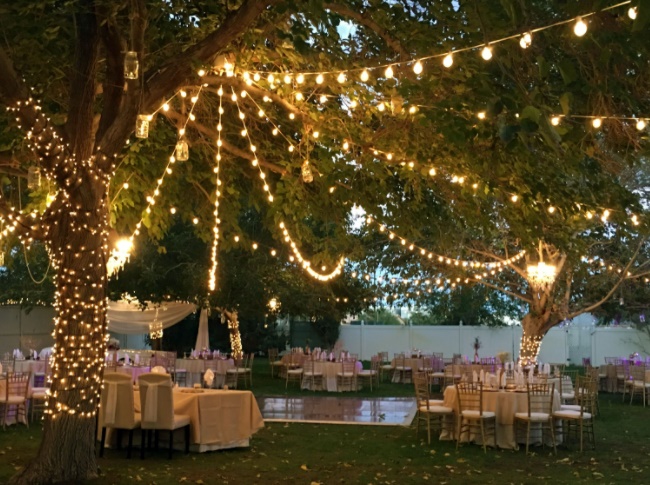Outdoor lighting is only as effective as the planning
They say that if you fail to plan, you’re planning to fail. Nobody really knows who “they” are, but that’s probably not important — the fact is that their advisory makes a lot of sense in a lot of contexts. So it goes with your outdoor lighting, designed to show pride in home ownership and the personal value you attach to your neighborhood. Planning is everything here, and Platinum Electricians (platinumelectricians.com.au) and Real Simple (realsimple.com) say the success of those plans is dependent on a few factors you may not have considered.
1. Modesty: The most attractive outdoor lighting is planned with consideration for the position of the fixtures and electrical lines. It’s best if they remain hidden from view as much as possible. You can bury low-voltage wires or hide them with plants or beauty bark; you should also use the appropriate lights for the appropriate job and fasten them as flush to the ground or the walls as possible. All you’re doing is illuminating your home and its land, not furnishing a blueprint for your ideas. (This Old House (thisoldhouse.com) has several words of advice.)

2. The Money Factor: If your outdoor lighting plan is focused on cost-effectiveness, you’re in luck today. LED (light-emitting diode) bulbs, solar power and other energy-saving methods cost little but illuminate a lot; many inexpensive outdoor lamps come with their own solar panels, and LED lights use less energy than traditional bulbs. And keep in mind that you’ll be using your lighting only part of the day; accordingly, you’ll want to keep them off most of the time. (Home Depot (homedepot.com) has a wealth of information on this.)
3. The Source: It’s probably best to talk to an electrician about the placement of outdoor circuits and transformers, especially from a safety standpoint — he’ll tell you not to overload a circuit with bulbs and fixtures and that the transformer should put out more juice than you need in the event you want to add more effects. Strategy plays a large role here, because the greater the distance between the fixture and the transformer, the less output it has. The conventional wisdom is that 100 watts per line is plenty. (The Spruce (thespruce.com) can advise.)
4. Weathering the Weather: Unless you live in an area with thoroughly predictable weather, your lighting plan will be subject to seasonal and daily changes. It’s best to plan for this by considering the weather shifts your garden is subject to and the effect the lighting will have accordingly, especially in unusually snowy conditions. (Weather-resistant fixtures also figure in this conversation; Lamps Plus (lampsplus.com) is a good resource for suggestions.)
5. Inside Out: Considering your lighting plan from the inside of your house can help you decide on which lighting to choose and how place it around your yard. Patio spaces, gardens and pathways have a certain appearance from inside, and greenery as seen from living or dining rooms can fuel ideas about attractive lighting placement. (Artistic Illumination (artisticillumination.com) offers contact information on several vendors who can help.)
See our Outdoor lighting rental items.

